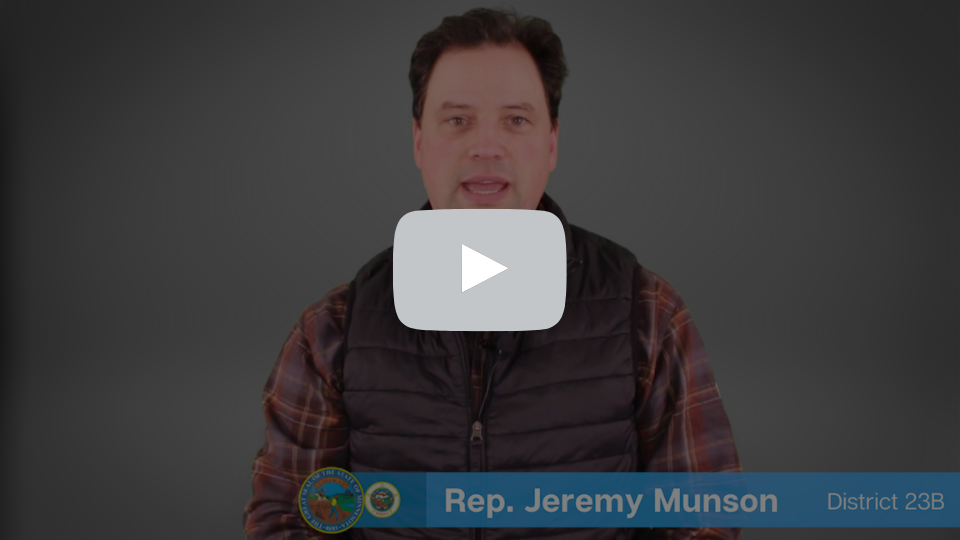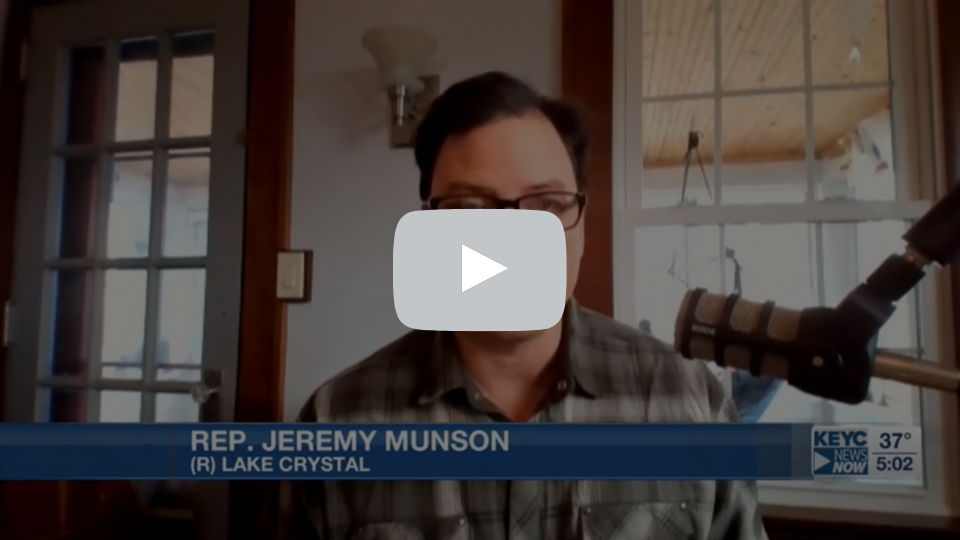Food Freedom

As Minnesotans recover from the pandemic and realize we have some new bad habits to curtail, we should also look back on some of the good. Farmers’ markets have become invaluable open-air places to shop for many. Introducing them to many local homemade brands. Unfortunately getting that food to the market is not as easy as one may think in Minnesota.
Home-based food businesses are just another way we can create jobs and expand access to local food if they are not limited by unnecessary regulations.
Existing law limits “cottage'' food producers to selling only non-potentially hazardous food at only a few places: from their homes, direct-to-consumer, or at farmers’ markets and community events. It also arbitrarily caps cottage food producers’ income at $18,000 in gross sales before they must spend hundreds of thousands of dollars building a commercial kitchen approved by the Dept of Ag. With the typical cottage food producer-only keeping about 40% of their gross sales, many are looking at an annual income of only $7,200. This basically grants a monopoly to major manufacturers who can handle the exuberant costs associated with the inspection and licensing process. Minnesota’s law is one of the least progressive cottage food laws in the country.
This bill is modeled after successful food freedom laws that have been in effect for several years now across the country. Wyoming, North Dakota, Utah, and Maine have food freedom laws, and there have been no reported increase of foodborne illness. These states have safely expanded their cottage food laws while creating a lot of opportunities for entrepreneurs and increasing access to local food.
Some licensed food establishments oppose exempting home-based producers from food
establishment licensing. They think that if they had to jump through hoops, home-based
producers should have to as well. I see this action frequently in St Paul, where established businesses advocate for more regulations to block new entrants to their industry. We should be encouraging more people to create jobs, and not allow large businesses to use the government for protection.
The latest Budget Forecast

While the house still remains stuck in gridlock we had a glimpse into the upcoming battle of the budget. The MMB released its forecast which put us at a $1.6 billion surplus. While this may only be momentary inflation since we are receiving $300 million in federal aid, we should use this as an excuse to create more Government programs to spend your money on. If you want to learn more, watch the video HERE as the Members of the New House Republican Caucus break down what this means for the average Minnesotan.
While I am glad to see that the economic picture in Minnesota is improving these numbers do not show the full story. The $1.6 billion surplus is simply the result of the federal government's irresponsible borrowing practices over the last year. Unsurprisingly, the State income tax revenue will increase, since the federal government gave away trillions of dollars of taxpayer money in the form of stimulus checks and increased unemployment benefits. Since the state of Minnesota taxes this as income we are seeing only momentary inflation and not a true surplus.
The stimulus money was given for people to stay afloat and pay their bills. In reality, Minnesotans chose instead to purchase taxable goods like TVs, boats, and cars over non-taxable goods like groceries, rent/mortgages, and credit cards. This explains why sales tax revenue far exceeded the forecast.
Hundreds of thousands of Minnesotans received weekly $600 bonus checks above the normal unemployment payments. This frequently paid them more income than they would have received if they were employed. Some would have received nearly $1,200 a week on the program. In Minnesota, the state government taxes that money as income. This additional income tax also exceeded the State's initial forecast.
Additionally, the Governor shut down all non-essential medical care last Spring, preventing hundreds of thousands of visits to dentists, clinics, and hospitals. Most Minnesotans are on Government-funded health insurance, therefore the State of Minnesota saved over a billion dollars by denying people care.
The State budgeting process is complex, but the most important aspect to understand is that the budget forecast still projects a deficit for the next biennium for only one reason: because Republicans and Democrats have agreed to increase Government spending. If we simply kept all Government spending the same for the next budget, we would have a more than three billion dollar surplus to return to taxpayers. Minnesota families and small businesses are hurting. They don't get to automatically increase their spending by 5% this year and neither should the Government.
The long-term economic damage caused by the Governor’s shutdowns will last far into the future. We cannot depend on bailouts from the federal government to maintain a balanced budget and strong economy. Waiting on stimulus money from Washington politicians is not a strategy for economic growth. Governor Walz needs to reopen Minnesota and give people the opportunity to succeed. Our economy, our tax revenues, and the well-being of every Minnesotan will be in a better place if we reopen.
You can watch my breakdown of the Give it Back Act below.

|